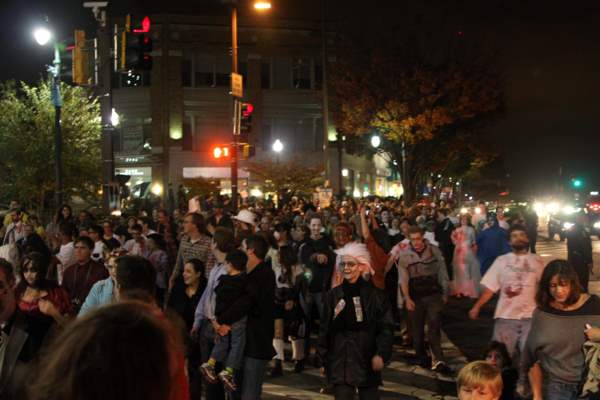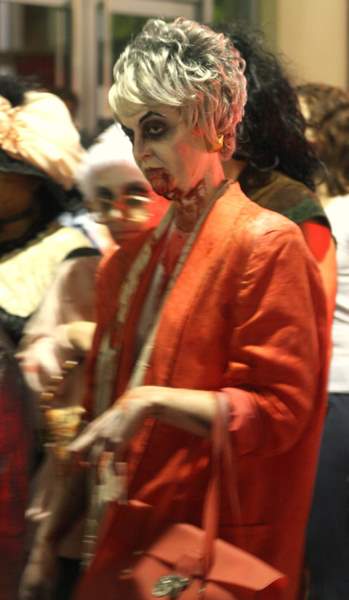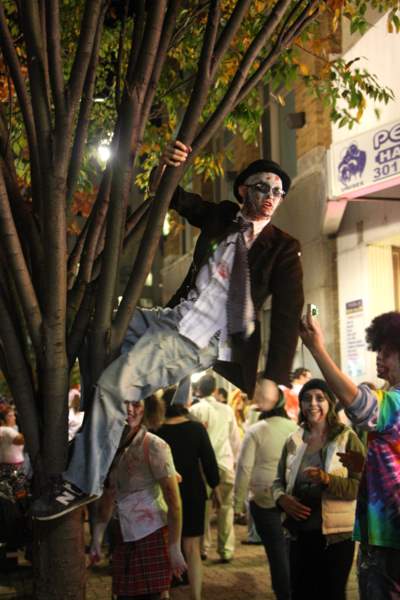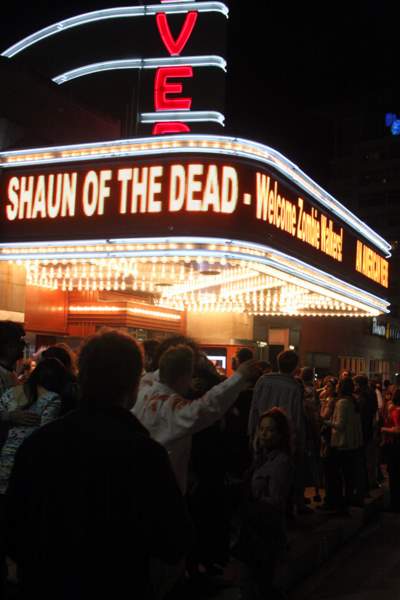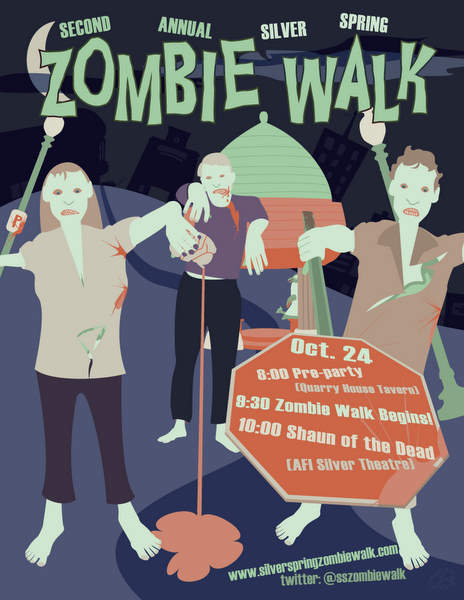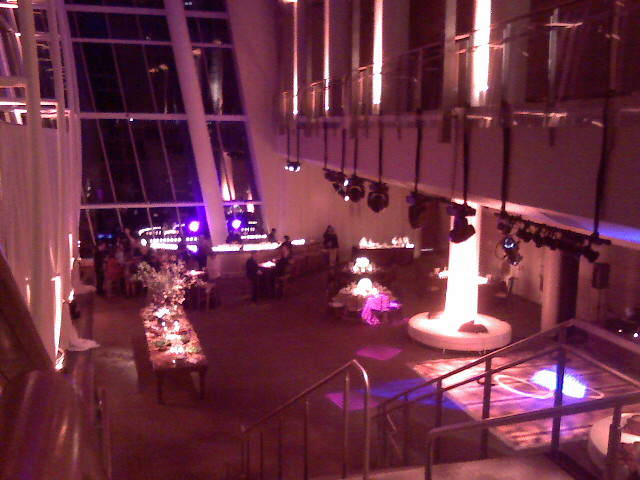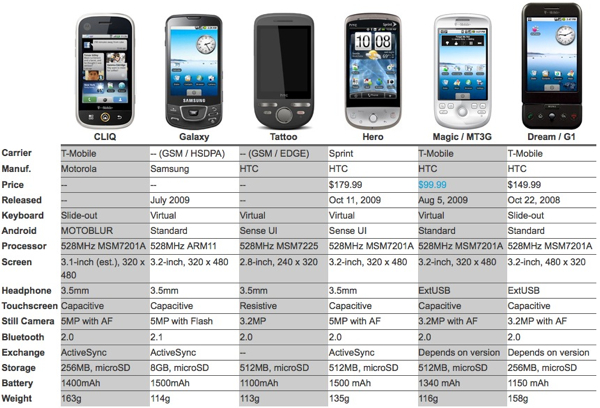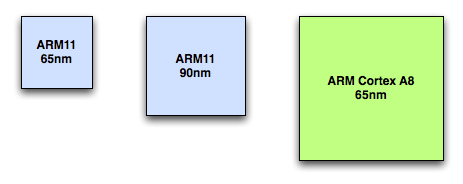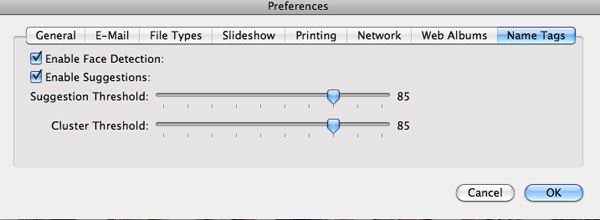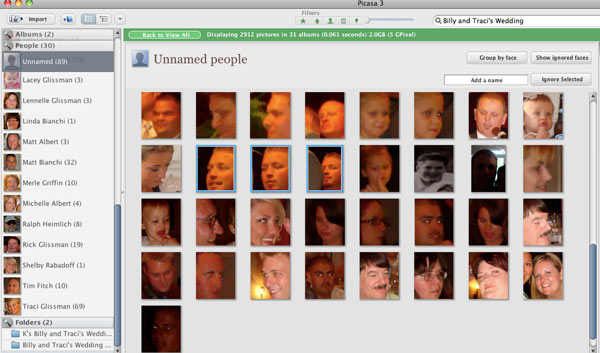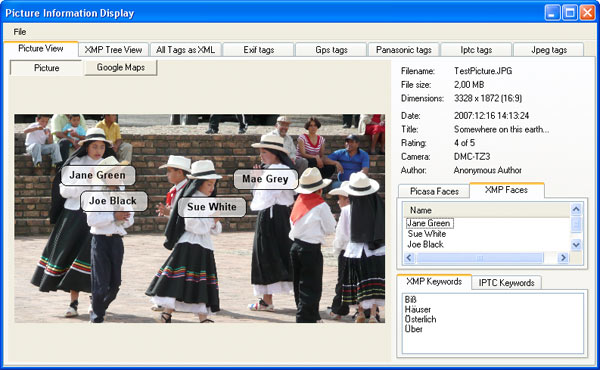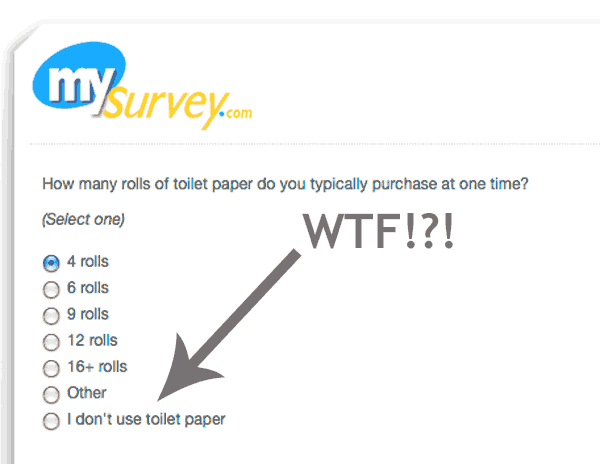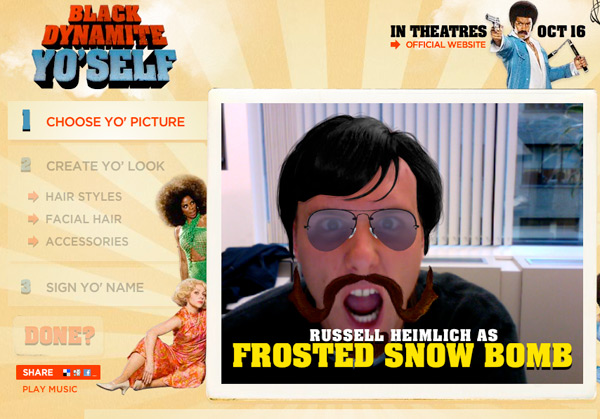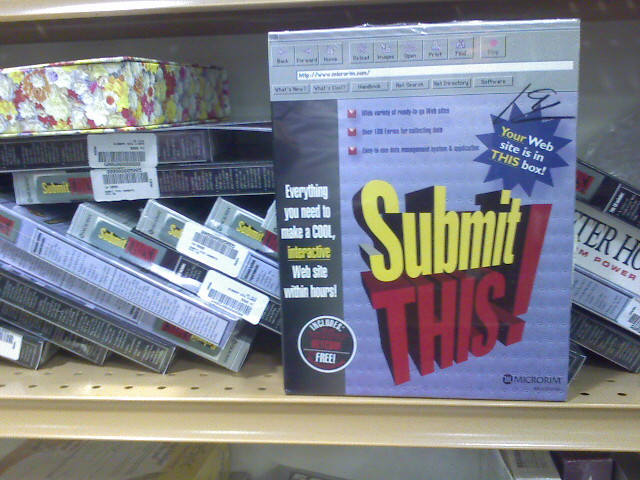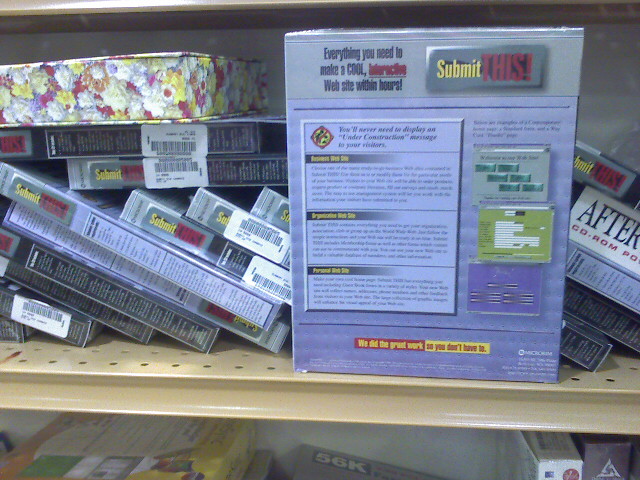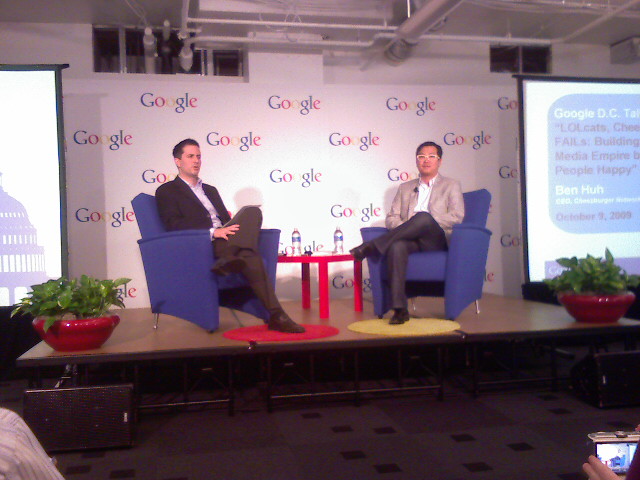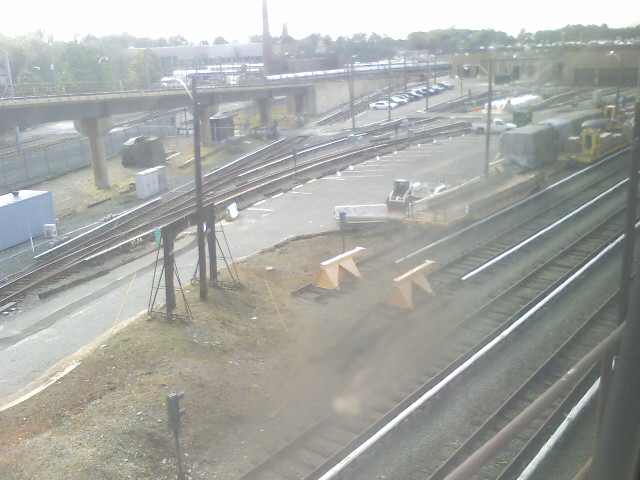I’m at the DC Google offices for the talk with Ben Huh, CEO of ICanHasCheezeburger.com, Fail Blog, and Graph Jam. Below are my notes:
He negotiated the sale of I Can Has Cheeseburger site with the original owners over IM.
Cats have many more emotional expressions than dogs kind of like a box of chocolate.
Ben is ironicaly allergic to cats.
Neiman Brothers brought the concept of fail mainstream. Traffic to FailBlog went through the roof.
Talk rickrolled by Rick Astley Graph Jam.
Photobombing used to involve people accidentally intruding on photos making funny faces. Now it is a sport.
Editorial team runs 25 sites, 10,000 submissions a day. Aims to launch a site a week and experiment to see what sticks.
More people vote on lolcats per day than in a congressional election.
Audience demographics: Seatle Mariners sponsored cheezeburger event. Sold 1200 tickets with people of all types from across the country attending. Sites get 11.5 million visits a month
Business model: Profitable. Goal is to make people happy for 5 minutes a day.
Lolcats are all culture, not high, low etc. Lolcats show up everywhere from random blogs to Wall Street Journal
Ben Huh would love to see internet culture accepted in the mainstream.
Copyright issues: Network stands behind the idea of fair use. Images not depriving copyright holders from making money. For the sake of culture, copyright needs to be reformed.
DMCA is too complicated. Needs to better support/protect remixing of content.
Will the sites eventual become old and fail (haha)? Community drives the sites. As popular culture changes so do the sites. Human screw ups will never cease to exist.
Creating merchandise takes the pressure off of online advertising.
How wel to your humor sites export to other countries? 60% of traffic comes from US.
Lolcat of food is fud which = genitals in another language.
Get people involved in smaller decisions to help build community.
Creating easy to use tools makes it easier for others to get involved and surfaces many more great ideas.
Print = higher revenues than online. Easier to start online then go to print rather than the other way.
Reason for sucess of sites: They keep it simple.
They have general data but ignore obtrusive, long term cookies and analytics.
A meme is not a viral idea, memes are a framework.
Ben Huh would love to explain internet tubez/dump truck meme to congress people.
5 people at company figure out which memes should have dedicated sites. They prefer steady growth of niches, like thereIfixedit.com
2 weeks to a year for a site to build stedy traffic. Those that don’t make it fail (haha)
Relies on community to weed out fake photos. Hard to find definitive answer on the Internet.
Talked about my three keyboard cat shirt. I stood up and modled it for everyone. Lots of people wearing casual business wear.
Building out a platform to let people build out there own humor to pick images from the different sites.
Newest site is text based called itmademyday.com kind of like FML (eff my life)
That’s it.
